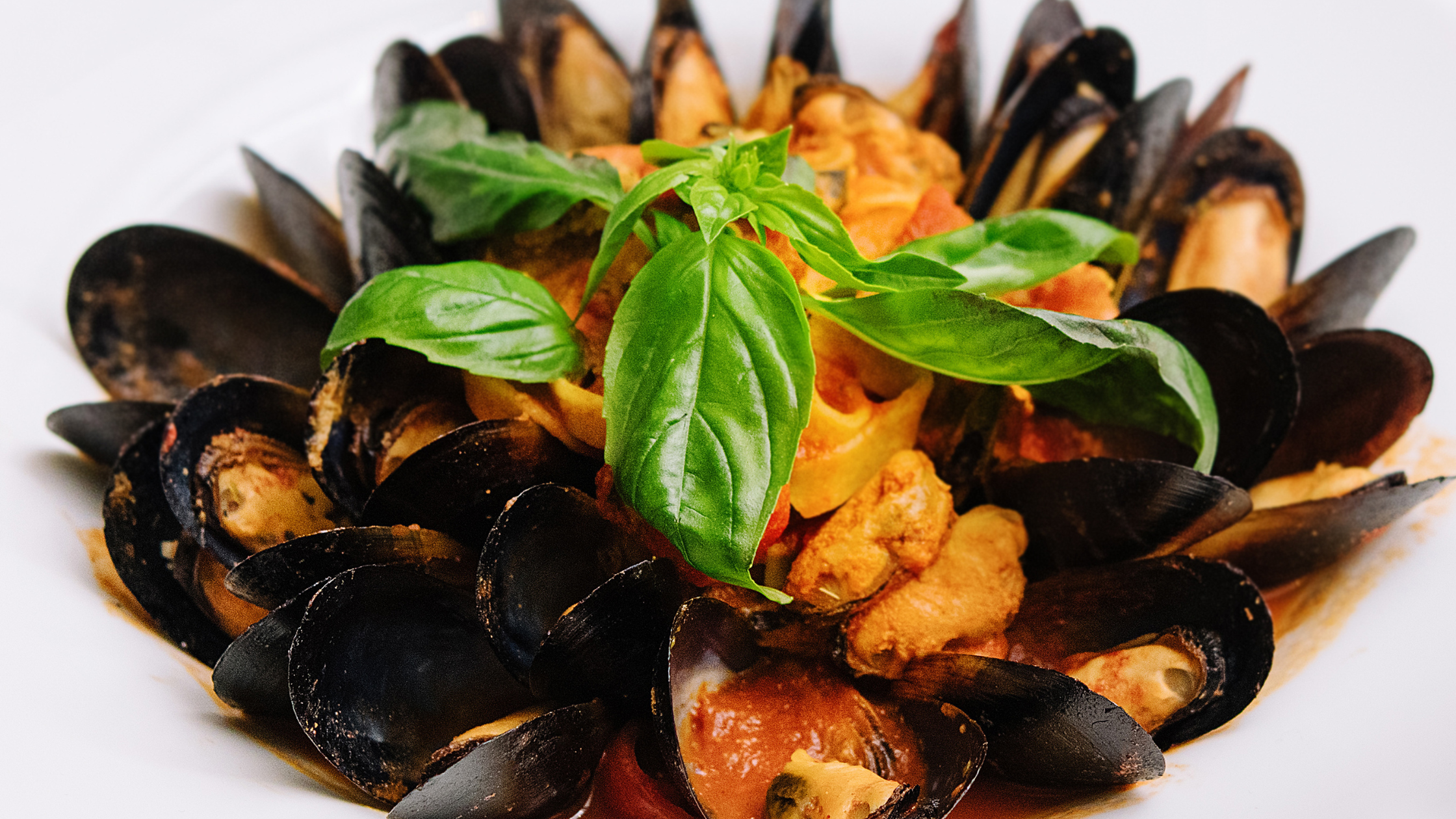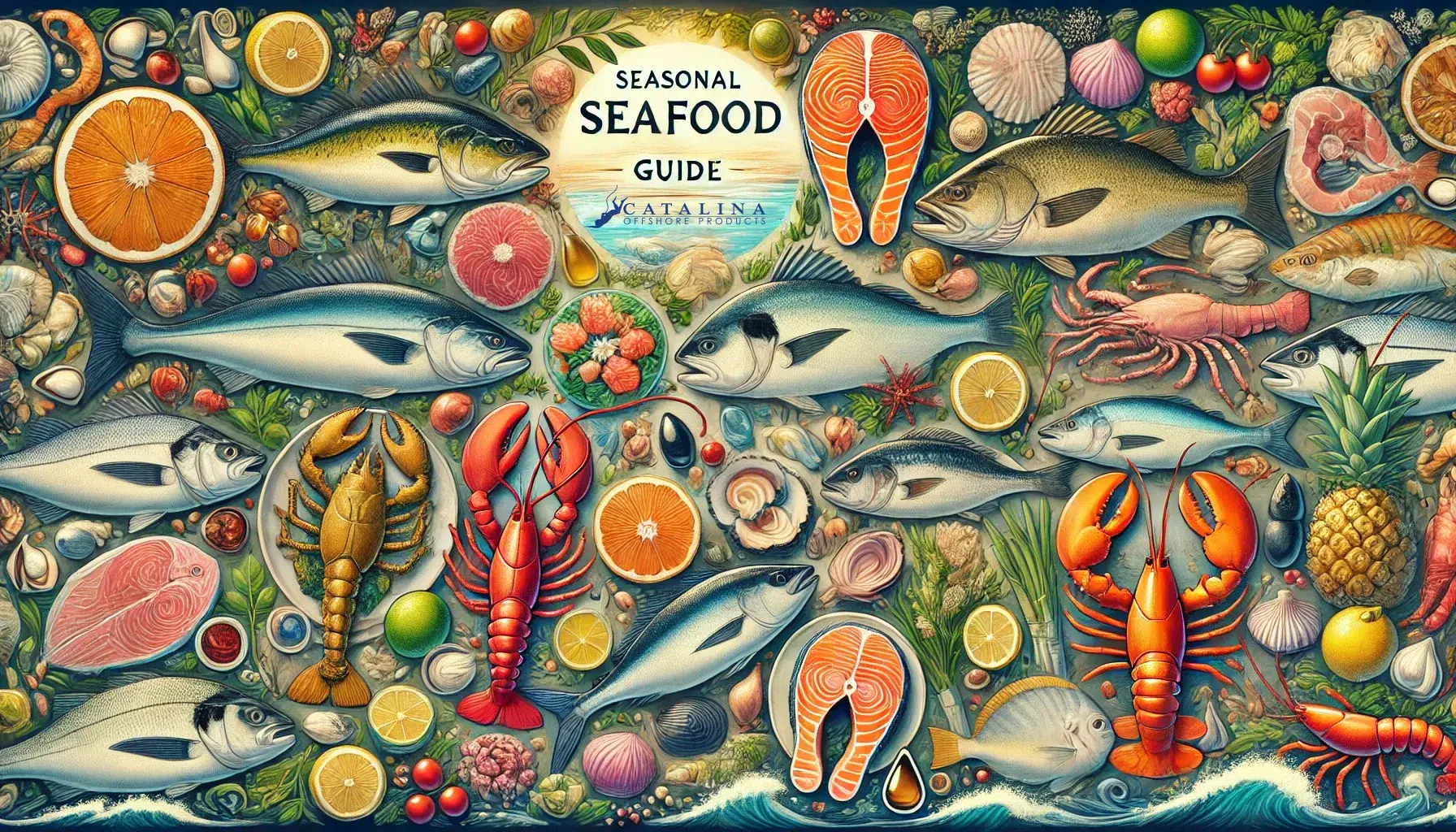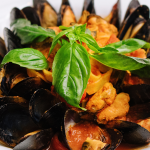
Savor the Sea: How to Make Mussels In White Wine Garlic Delight
Picture this: the sun dips below the horizon, casting a golden glow across the ocean while you sit at a seaside bistro, savoring each exquisite
FREE Overnight Shipping on orders over $300 ($200 in CA. Some suburbs are not included).
 Quick to prepare and easy to cook, mussels are a one-pot wonder. If fears about working with these delicious bivalve molluscs are preventing you from flexing your culinary muscles, check out these FAQs and get cooking!
Quick to prepare and easy to cook, mussels are a one-pot wonder. If fears about working with these delicious bivalve molluscs are preventing you from flexing your culinary muscles, check out these FAQs and get cooking!
FAQ
Should I only eat mussels when there is an ‘R’ in the month?
It’s long been thought that shellfish should only be consumed during months with the letter “R”, as in September through April. The “rule” originally applied just to oysters, but, gradually came to include all shellfish. The primary theory is that Red Tide most often occurs during summer months. This refers to high concentrations of an algae that is toxic to humans. However, red tide levels are closely monitored these days and harvesting is banned during those times. Shellfish are also regularly inspected and tested for toxin levels ,so it is not likely that any shellfish reaching the market would contain harmful levels. Also, nowadays most shellfish is cultivated rather than harvested from the wild, which further decreases chances of contamination.
How should I store fresh mussels?
Upon purchase, fresh mussels should keep for a minimum of three days when properly stored. Remove mussels from their bag and transfer to a lidless container, cover loosely with a wet towel or wet newspaper, and place in the coolest part of your refrigerator. Doing this will keep your mussels cool and moist while still providing them with necessary air.
Do I need to soak my mussels before cooking them?
No. Traditionally people soaked mussels in water and oatmeal to help purge them of any grit – a method that can actually suffocate mussels if left in static water too long. Today, commercially sold mussels legally have to be purged and purified in UV filtered water for 42 hours. As a result, most of the grit and sediment is dislodged.
How do I prepare mussels for cooking?
First you want to be sure all the mussels are still fresh and alive (Aadead mussel can make you very sick). Tap each shell on a hard surface. If the mussel closes, it’s good to eat. If it does nothing, don’t take a chance on eating it. Next, pull off the bristly material known as the mussel’s “beard,” using a sharp knife or your fingers. Rinse mussels under cold running water while scrubbing with a vegetable brush. Discard any mussels with broken shells.
Once you have prepared your mussels for cooking, you should cook them immediately, or within a few hours at most (removing the beard, or byssus threads, reduces shelf life and shocks the mussel).
How do I cook mussels?
Mussels may be cooked a variety of ways and make a great addition to soups and paella. However, in our opinion, they are best when steamed and served with a loaf of crusty bread or side of fries. Steaming is the traditional method for cooking mussels, and also the easiest. It doesn’t require the addition of any extra liquid since mussels contain their own liquor, but adding stock, wine or beer to your pot will impart a wonderful flavor. Simply bring your liquid to boil, add mussels and steam for 3-6 minutes or until all mussels have opened. Discard any that remain unopened after 8 minutes. Want to get more creative? Here are a few recipes to get you started.
Tyler Florence’s Steamed Mussels

Picture this: the sun dips below the horizon, casting a golden glow across the ocean while you sit at a seaside bistro, savoring each exquisite

The Conservation Benefits of Deep-Set Fishing At Catalina Offshore Products, sustainability isn’t just a buzzword—it’s a commitment. As a small family-owned company, we pride ourselves

As we journey through the latter half of the year, each month presents us with an array of fresh seafood delights. From the vibrant flavors of summer to the comforting dishes of winter, choosing and preparing the perfect fish or shellfish can truly elevate your meals. Here’s your comprehensive guide to selecting and cooking the best seasonal seafood from August to December.

Savor the Sea: How to Make Mussels In White Wine Garlic Delight
Picture this: the sun dips below the horizon, casting a

The Conservation Benefits of Deep-Set Fishing: A Sustainable Seafood Solution
The Conservation Benefits of Deep-Set Fishing At Catalina Offshore Products,

Your Ultimate Seasonal Fish Guide: Savor the Freshest Catches from August to December 2024
As we journey through the latter half of the year, each month presents us with an array of fresh seafood delights. From the vibrant flavors of summer to the comforting dishes of winter, choosing and preparing the perfect fish or shellfish can truly elevate your meals. Here’s your comprehensive guide to selecting and cooking the best seasonal seafood from August to December.